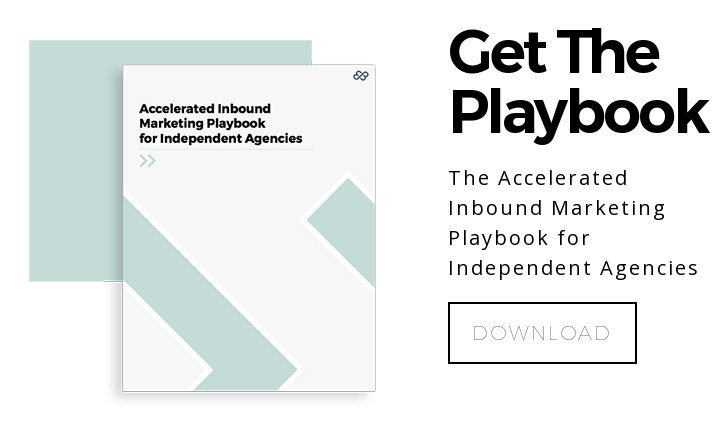How Agencies Can Use Lead and Lag Metrics to Improve Marketing and Sales

There are no two ways about it: setting business goals is crucial, especially within marketing and sales teams. Goals propel businesses forward, by encouraging teams to strive for the best. And as Stephen Covey said, goals allow us to “begin with the end in mind,” enabling us to measure long-term progress and successes on the path to that specific end.
While most of us can readily grasp the importance of goals, accomplishing them in practice is another matter. One particularly critical yet challenging element of goal-setting is selecting the metrics by which our performances will be gauged. This is where lead and lag metrics – two ways of organizing internal KPIs – offer a helpful framework for identifying what’s working and what’s not on the path towards success.
How We Define Lead and Lag Metrics
Lead metrics: Lead metrics (or indicators) measure inputs: things you can directly control to drive results, or the ‘action’ you take to reach your goals. For sales, one lead indicator is the number of cold emails you send to prospects. On the marketing side, lead metrics include how many blog posts you publish and how much money you invest in paid media.
Lag metrics: Lag indicators are output metrics that measure the results and success of your sales and marketing strategy. This is the ‘result’ of your ‘action.’ For the sales team, lag metrics would include meetings booked or deals closed, and for marketing teams, blog traffic and the number of inbound leads are both examples of lag metrics or indicators.
In optimizing your sales and marketing strategies, you won’t rely on lead or lag indicators exclusively, but rather the relationship between the two. Which lag indicators would you like to see manifest? And which lead indicators do you need to put in place to ensure that this happens?
The Temptation to Fall Back on Lag Metrics
Most agencies default to lag metrics when measuring their success. The problem is that employees can’t control lag indicators like revenue and website traffic just by showing up to work. Instead, agencies should task their employees with improving tangible lead indicators, like increasing the content volume on the agency’s blog. If improvement in lag metrics still isn’t happening, then the agency must look at its process to find where the relationship between the lead and lag metrics is breaking down.
Lag indicators cannot, alone, offer a comprehensive understanding of how your marketing and sales strategies are working. In many scenarios, lead indicators can provide useful insights. For example:
- When you need to measure the success of a strategy, but it’s too early to see final results, you can look to your lead indicators to see if you are on track.
- If you need to improve an element of your day-to-day marketing or sales activity, you can use your lead indicators as benchmarks.
- If your lag indicator is a difficult metric to measure, you can take a look at specific lead indicators and track these instead.
- An inability to hit lead metrics could indicate staffing, budget or other agency scalability issues.
As mentioned previously, being able to track the relationship between your lead and lag metrics is key, and can provide you with solutions to business challenges.
On the sales side, could you measure your cold email open rate to meetings booked to new business? How might this change the number of cold emails you need to send every day, based on your revenue goals? On the marketing side, are you able to tie your paid media spend to website traffic to your number of inbound leads and customers? A bullet-proof system for reporting on lead and lag metrics is key to making the most of insights.
Integrating Lead and Lag Metrics Into Your Business
Now that you are clued into lead versus lag indicators, how do you move forward with this knowledge in the attempt to improve your sales and marketing teams? A few pointers:
- Get your sales and marketing teams in a room and create two separate lists of KPIs that are being used currently: one for leading metrics and one for lagging metrics.
- Determine which of the KPIs will be the primary indicators of performance in the future.
- Find ways to test these predictions. You need to show your teams that improving a leading indicator can positively change the resulting lag indicator, and therefore the overall performance of the business.
- Update your data platforms for marketing and sales daily. This allows you to monitor progress and implement changes as you see necessary.
Measuring progress is crucial to goal-setting and success. So is the ability to adjust along the way, based on insights and data. With an understanding of the crucial relationship between lead and lag metrics, you have a good starting point to improve your agency’s marketing and sales.



